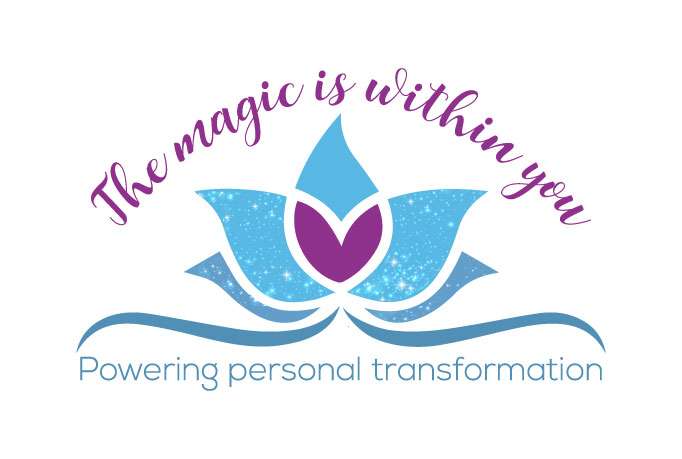I have just returned from the ACTION TRAUMA Summit, held at the Crowne Plaza Hotel Belfast earlier this week. At the summit I was facilitating the Madrona Room and the many fabulous speakers in it.
I had many insights over the 2 days from the speakers I sat with that I will include in my next blog as I think I need time to digest a lot of the content which was so powerful. However, a conversation I had more than a few times was around the concept of “trauma informed workplace”.
The way in which an organisation can support people during periods of trauma is uniquely powerful. And this starts with knowing what trauma is and how to create a space where people feel seen and safe. The two main components that impact the workplace are psychological safety and institutional betrayal. Institutional betrayal is usually experienced through the failure to prevent or respond supportively to wrongdoings by individuals (e.g. sexual assault, harassment, prejudice etc) committed within the context of the workplace.
When we experience an isolated or prolonged period of crisis many of us look to our managers and colleagues to support and protect us. After all, for some of us, we spend more time at work than we do at home. If we perceive the people with the power to protect, guide, and support us fail to do so, or if they take steps that we perceive to be fearful or harmful to ourselves or those we care about, this has the power to create a second injury, called an institutional betrayal. The term “institutional betrayal” was first coined by psychologist Jennifer Freyd, who describes it as occurring when an institution you trust or depend upon mistreats you. It can arise due to deliberate actions that harm, as well as from failing to act when action is expected. These actions or inactions can exacerbate already-difficult circumstances and prevent the occurrence of courageous conversations. Institutional betrayal may arise due to an organisation’s large-scale actions, like, again, their Covid response for example, many organisational responses left many workers feeling vulnerable and trapped.
So what is trauma? Well to encode (store) trauma we need an event, experience or environment, the presence of personal meaning (unique to everyone), the perception/feeling of vulnerability and a sense of inescapability, feeling trapped/stuck.
The opposite of institutional betrayal is psychological safety. Largely popularised through the work of Amy Edmondson. Psychological safety is the sense that within a team or organisation, it is acceptable for someone to admit that they made a mistake, don’t know the answer, are experiencing intimidation/threat/bullying or are just struggling in general. Studies show that colleagues and leaders who, more than anything else, support each other using understanding and compassion through hard times galvanise the team approach and environment. To truly create psychologically safety, we must feel and get a real sense that
being vulnerable and free enough to share the things that cause fear or uncertainty without negative consequences will be taken seriously. Our bodies speak with each other from up to six feet apart, let that sink in.
We must be able to share, not just show, how uncomfortable/unsure/restless/sad/hurt we feel to really inspire courageous conversations. We can’t just focus on profits and efficiency without considering the people behind these numbers. However, if we fail to respond appropriately and timely in our work with those experiencing trauma, we can add a second injury to the first. When we respond well, we build trust and connection. Connection leads to the individual feeling seen, heard and validated. How people are managed at a time of crisis is crucial to the organisation’s growth for a lot longer than the few moments/weeks/months it takes to properly support someone. This feeds into a culture of inclusivity and acceptance and that is true brand building.
So, how do we ensure that our organisations have the skills and resources to navigate trauma effectively?
There are 6 Key Principles to achieving a trauma informed practice
No1 – Safety
We can accomplish this by letting people know they are safe, when we encourage or ask them what they need to feel safe we are saying “We see you”. This can also be worked towards through reasonable freedom from threat or harm and a commitment to preventing re-traumatisation. All of this is achievable by putting policies, practices, and safeguarding arrangements in place that are developed and established through working groups and evaluation.
No2 – Trustworthiness
No jargon or corporate speak when explaining what we are doing or aiming to achieve and why. Also, by doing exactly what you said you would do with expectations being made clear and not over-promising we feed into building and maintaining trust.
Safety and trust are the bedrocks of a trauma informed workplace. Betrayal of either of these are destabilising to the process of being trauma informed.
No 3 – Choice
When we ensure stakeholders and staff have a voice in the decision-making process of the organisation and its services and we listen to the needs and wishes of service users and staff while explaining choices clearly and transparently with no jargon, we acknowledge that people who have experienced a traumatic event may feel stuck with a lack of safety or control over the course of their professional life. This can cause difficulties in developing trusting relationships – It’s not personal it’s just the perceived lack of choice.
No 4 – Collaboration
It’s helpful to use formal and informal peer support and mutual self-help. An organisation who consults with stakeholders and staff on what they need or desire and collaboratively considers how these needs/desires can be met while focusing on working alongside and actively involving them in the development and delivery of services creates a truly collaborative offering. Collaboration invites the dissolution of competition and feeds into safety, trust and the availability of choice.
No 5 – Empowerment
Contrary to what we are sometimes led to believe, we do not have the ability to empower others, this is an inside job kick started by inspiration, however genuinely validating feelings and concerns, listening to what a person wants and needs, providing support for people to make decisions and act goes a long way to inspire that inside job. When we acknowledge that people who have experienced or are experiencing trauma may feel powerless to control what happens to them, are isolated by their experiences, and have feelings of low self-worth through creating a robust and positively dependable working environment, people feel seen for who they are, and not just for their job role.
No 6 – Cultural Consideration
When we move past cultural stereotypes and biases based on, for example, gender, sexual orientation, age, religion, disability, geography, race or ethnicity by:
- Offering access to gender responsive services.
- Recognising, leveraging and encouraging the healing value of traditional cultural connections.
- Researching, including and incorporating policies, protocols and processes that are responsive to the needs of the individuals you are serving. KNOW YOUR PEOPLE
When we can identify ways, some more creatively than others, to implement these 6 areas we are really offering.
- Acknowledgement (“I will be heard”)
- Support (“I can get the help I need”)
- Trust (“I will be treated fairly”)
This is a truly trauma informed approach.
So now the big question is, do you work in, or provide, a trauma informed service?
If not, I can help, please reach out and we can discuss how you move forward to create a workplace that is safe and trustworthy for all.



